Cats are fascinating creatures that have been domesticated for thousands of years. They have developed unique characteristics and behaviors that make them a popular choice for pet owners. One of the most interesting things about cats is how they pee. Unlike dogs, which typically lift their leg and pee on a tree or fire hydrant, cats have a more discreet and subtle way of handling their business. Understanding how cats pee can help pet owners better care for their feline companions and recognize any potential health issues. In this blog post, we'll explore the physiology and mechanics of how cats pee and answer some common questions about this fascinating topic.
Anatomy of a cat's urinary system
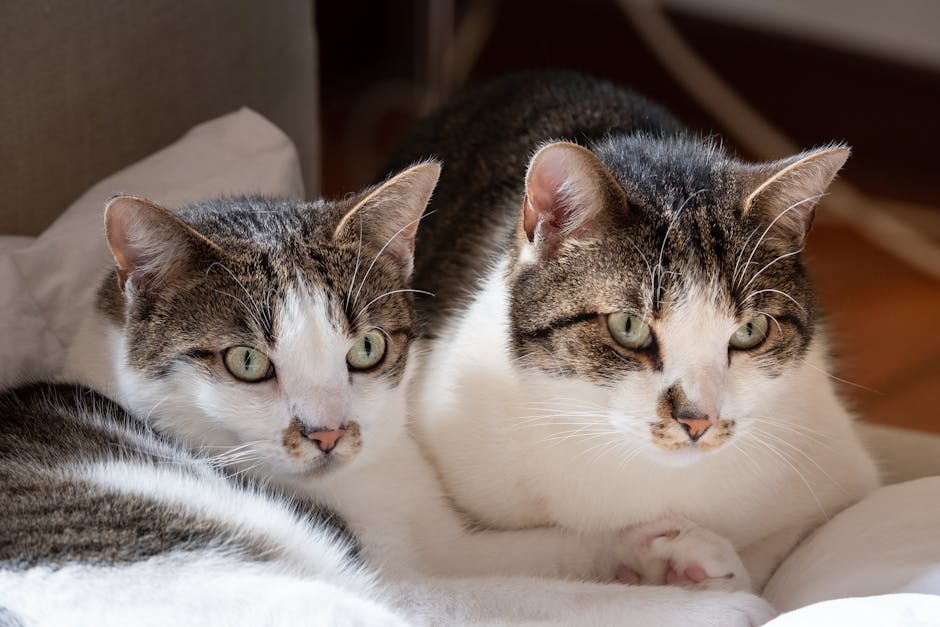
The anatomy of a cat's urinary system is unique and interesting. The system consists of two kidneys that filter the blood and produce urine. The urine then travels down the ureters and empties into the bladder, which stores the urine until it is expelled through the urethra.
The bladder in cats is small and can hold only a small amount of urine. This is why cats have a frequent urge to urinate and need to use the litter box frequently. The urethra in cats is also narrower and longer than in dogs or humans, making it more prone to obstruction by urinary stones or crystals.
It is important to keep your cat's urinary system healthy by providing them with fresh water and a balanced diet. Cats that eat a dry food diet are more prone to urinary tract problems than those that eat wet food. Additionally, providing your cat with a clean litter box and monitoring their urination habits can help detect urinary problems early on.
Understanding the anatomy and function of your cat's urinary system can help you better care for your furry friend and prevent potential health problems.
The bladder's role in urination
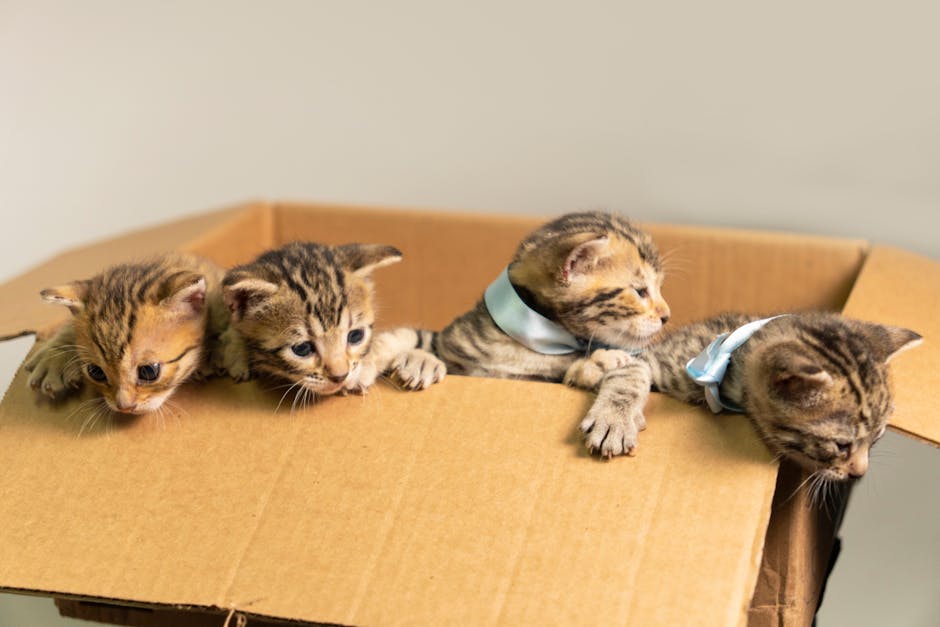
When it comes to urination in cats and other animals, the bladder plays a crucial role. The bladder is a muscle that stores urine until it can be eliminated from the body. When the bladder is full, it sends a signal to the brain via the spinal cord that it's time to go to the bathroom.
The urethra is the tube that carries urine from the bladder to the outside of the body. When a cat is ready to urinate, the muscles in the bladder contract, and the urine is pushed through the urethra and out of the body.
It's worth noting that a cat's bladder can hold a surprising amount of liquid. Typically, an adult cat's bladder can hold up to 20-30ml of urine per pound of body weight. This means that a 10-pound cat's bladder can hold between 200-300mls of urine.
Overall, the bladder plays a critical role in a cat's ability to urinate, and it's essential to ensure that it's functioning correctly to keep your furry friend healthy and happy.
How cats differ from other animals in the way they pee
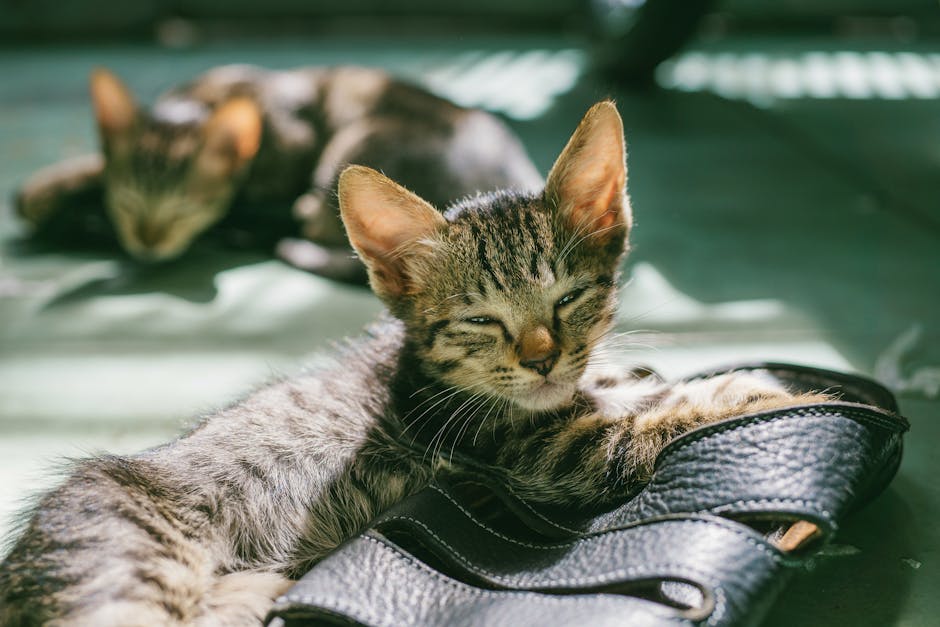
Cats are unique when it comes to how they pee. Unlike many other animals, cats are able to control the flow of their urine with a special set of muscles called sphincters. These muscles allow cats to hold their urine for longer periods of time, making them great at hiding their waste in the wild.
Another fascinating fact about cats is that they don't actually pee through their skin, as some people believe. Instead, they use their genitals to release urine. Male cats have a penis like most other mammals, while female cats have a shorter urethra for urine to pass through.
Lastly, it's worth noting that cats often bury their urine and feces after using the litter box. This is an innate behavior that comes from their wild ancestors who needed to hide their waste to avoid attracting predators.
The mechanics of a cat peeing
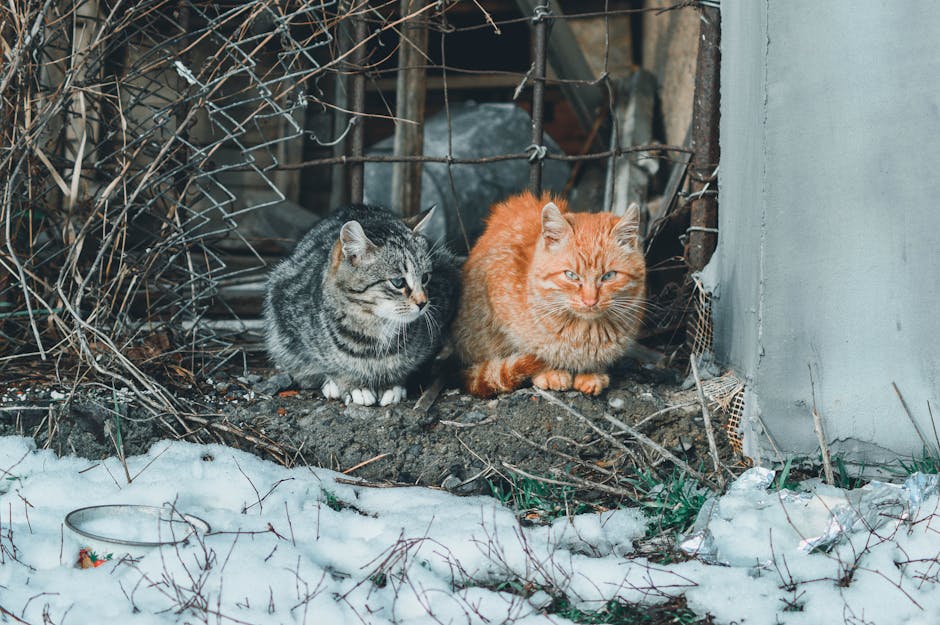
When it comes to cats, they have a unique way of urinating. Unlike humans, they do not wait until their bladder is completely full to urinate. Instead, cats have the ability to partially empty their bladder at any time. This means that they typically urinate more frequently but in smaller amounts.
In terms of the mechanics of how cats pee, it all starts with the relaxation of their sphincter muscle. This muscle controls the flow of urine and is located at the base of the bladder. Once the sphincter muscle is relaxed, urine can flow through the urethra and out of the cat's body.
Male cats have a longer urethra than females, which makes them more susceptible to urinary tract infections. In addition, male cats have a narrow section of their urethra called the urethral process, which can sometimes become blocked and lead to a serious urinary tract condition known as a urethral obstruction.
Overall, understanding the mechanics of how cats pee can help pet owners better monitor their cat's urinary habits and identify any potential health concerns.
Why cats pee standing up
Cats are fascinating creatures, and their behaviors and habits can be quite intriguing. One of the unusual things about cats is how they pee. Unlike most other mammals who squat to urinate, cats instead prefer to pee standing up. So why do cats pee standing up?
Well, the answer lies in their physiology. For male cats, standing up to pee allows them to more easily direct their urine stream and mark their territory. Female cats, on the other hand, also pee standing up, but for a different reason. Female cats have a wider urinary tract than males, so they can more easily expel their urine while standing.
Another reason why cats may prefer to pee standing up is that it allows them to be more alert to their surroundings. Squatting to pee can make cats vulnerable to potential predators or threats, so standing up allows them to remain more vigilant and ready to flee if necessary.
While the idea of cats peeing standing up may seem strange or even comical to us, it's just another example of the adaptability and unique behaviors of these fascinating animals.
The litter box and how it affects a cat's peeing habits

The litter box and how it affects a cat's peeing habits is an essential topic every cat owner should know about. Cats are naturally clean animals and prefer to have a tidy spot to take care of their bathroom needs. The type and quality of litter used in the box can play a significant role in a cat's peeing habits.
Some cats are incredibly picky about their litter substrate and may refuse to use the box if they don't like it. It's crucial to use a litter that your cat prefers and is best for their health. Avoid using strong-smelling or dusty litter, as it can cause respiratory problems for both the cat and the owner. Also, ensure that the litter box is cleaned regularly, and there is enough space for your cat to turn around comfortably.
Apart from the type of litter used, the location of the litter box also affects a cat's peeing habits. It's essential to have the litter box in a private and quiet area where your cat feels secure and comfortable. Avoid placing the box near their food and water or in a high-traffic area, as it can stress out the cat, which may lead to peeing outside the box.
In conclusion, understanding how the litter box affects a cat's peeing habit is crucial for pet owners. By using the right type of litter, keeping the box clean, and placing it in the right location, you can ensure that your cat always has a comfortable and stress-free experience while using the litter box.
Common pee-related problems in cats, such as urinary tract infections
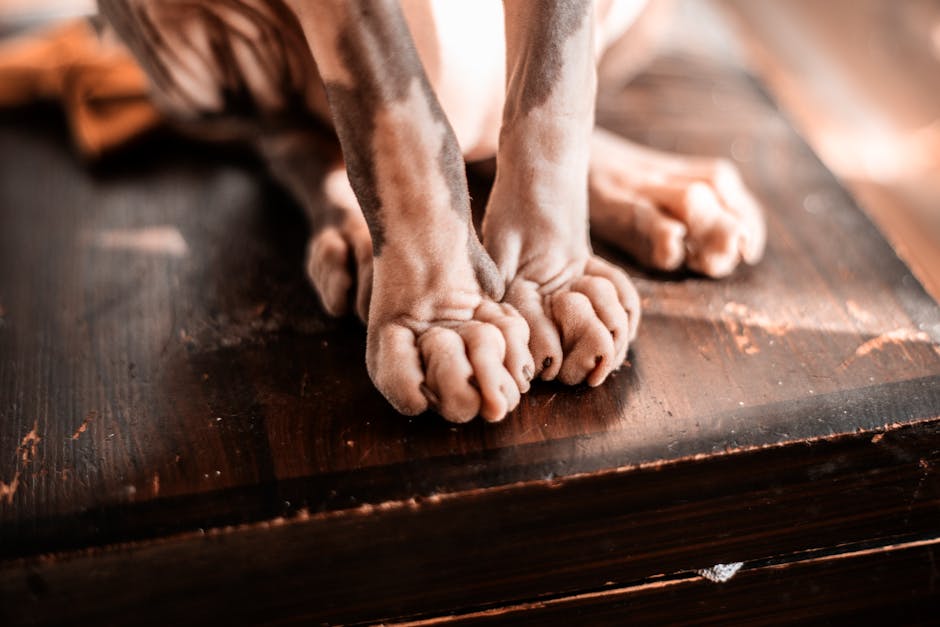
Cats can experience a variety of pee-related problems, including urinary tract infections (UTIs), bladder stones, and inflammation of the bladder (cystitis). UTIs are particularly common in cats, and can cause frequent urination, accidents outside the litter box, and difficulty urinating. In male cats, a blockage in the urinary tract can even be life-threatening if not treated promptly. It's important for cat owners to monitor their pet's urinary habits and seek veterinary care if any changes or issues arise. Veterinarians can perform tests to diagnose the underlying cause of the problem and provide appropriate treatment, which may include antibiotics, dietary changes, or surgery.
How to ensure your cat stays healthy and hydrated to promote normal peeing habits
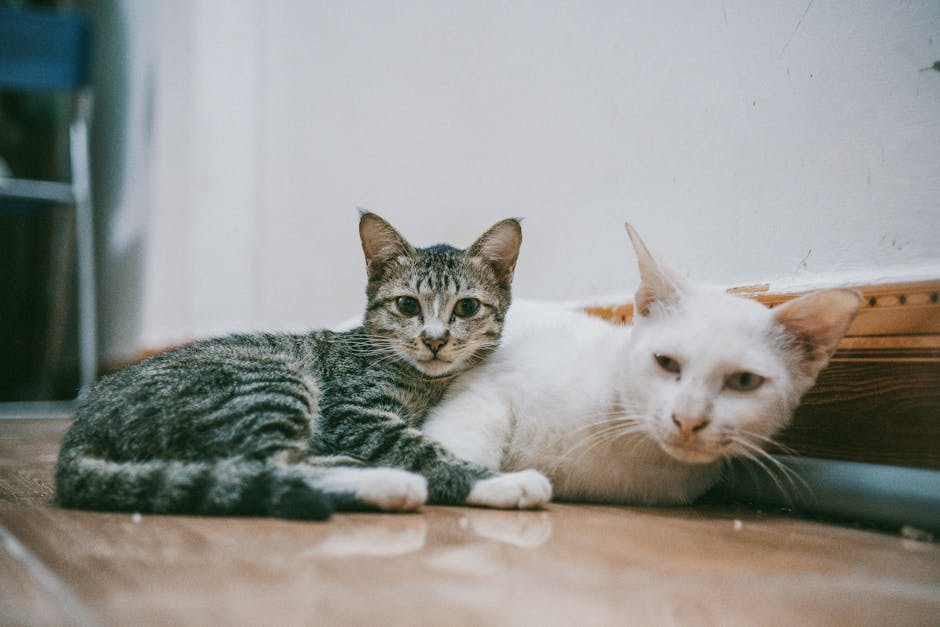
Your cat's peeing habits say a lot about their health. If your cat pees infrequently, in small volumes, or with difficulty, it may be a sign of dehydration, urinary tract infections, or other health problems. To ensure your cat stays healthy and hydrated, there are a few things you can do.
Firstly, always provide your cat with fresh and clean water. Cats are creatures of habit, so make sure to refill their water bowl every day at the same time. If your cat has a hard time drinking water, try using a fountain or even a simple drip system to mimic the sound of running water.
Secondly, a high-quality wet cat food diet can contribute to your cat's water intake. Wet food contains a high percentage of water, increasing your cat's hydration.
Lastly, schedule regular check-ups with your veterinarian to ensure your cat remains in good health. Your vet will be able to diagnose any underlying health problems that could be affecting your cat's peeing habits.
By implementing these simple habits, you can help ensure your cat stays healthy and hydrated, and their peeing habits remain normal.




